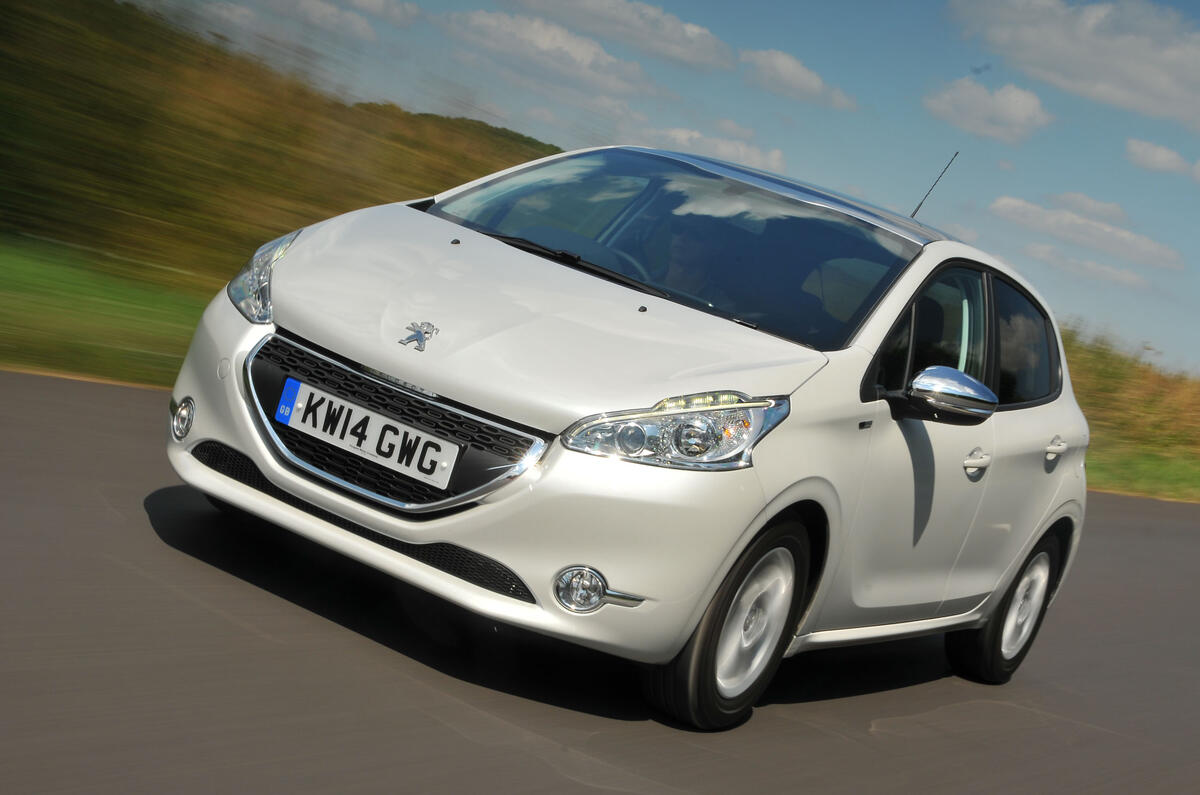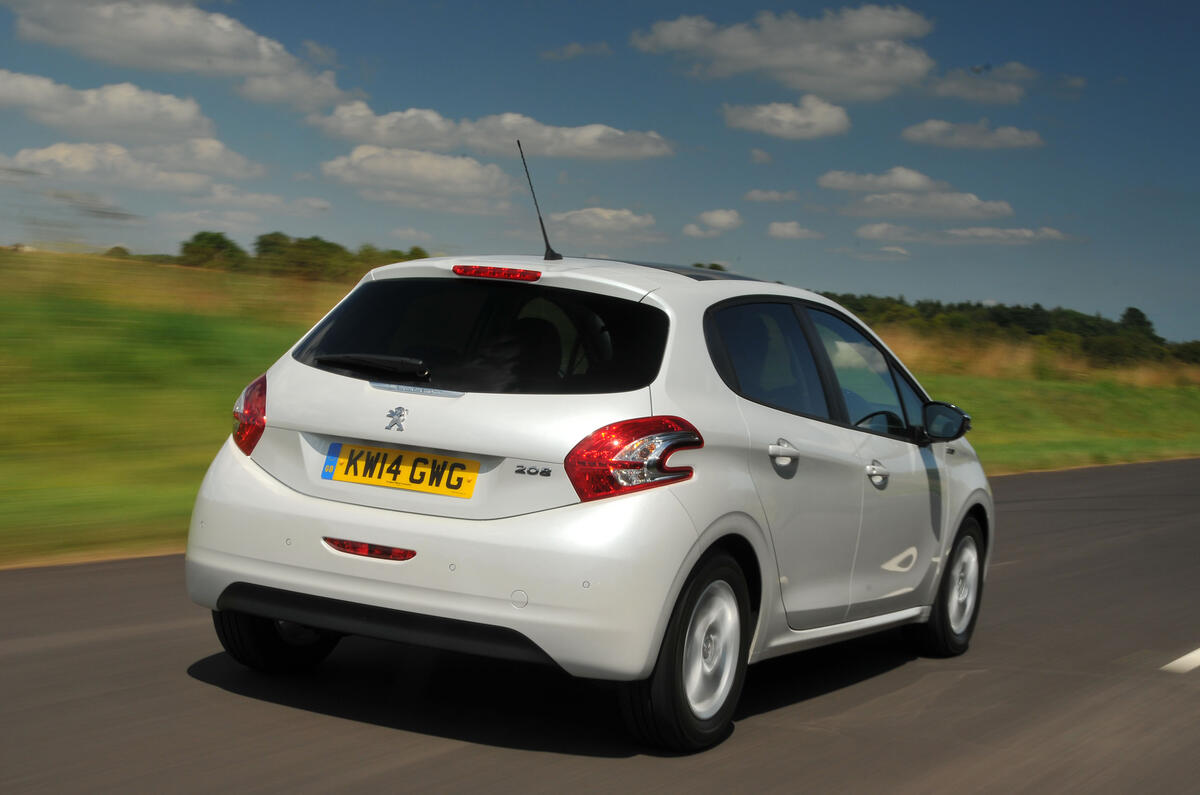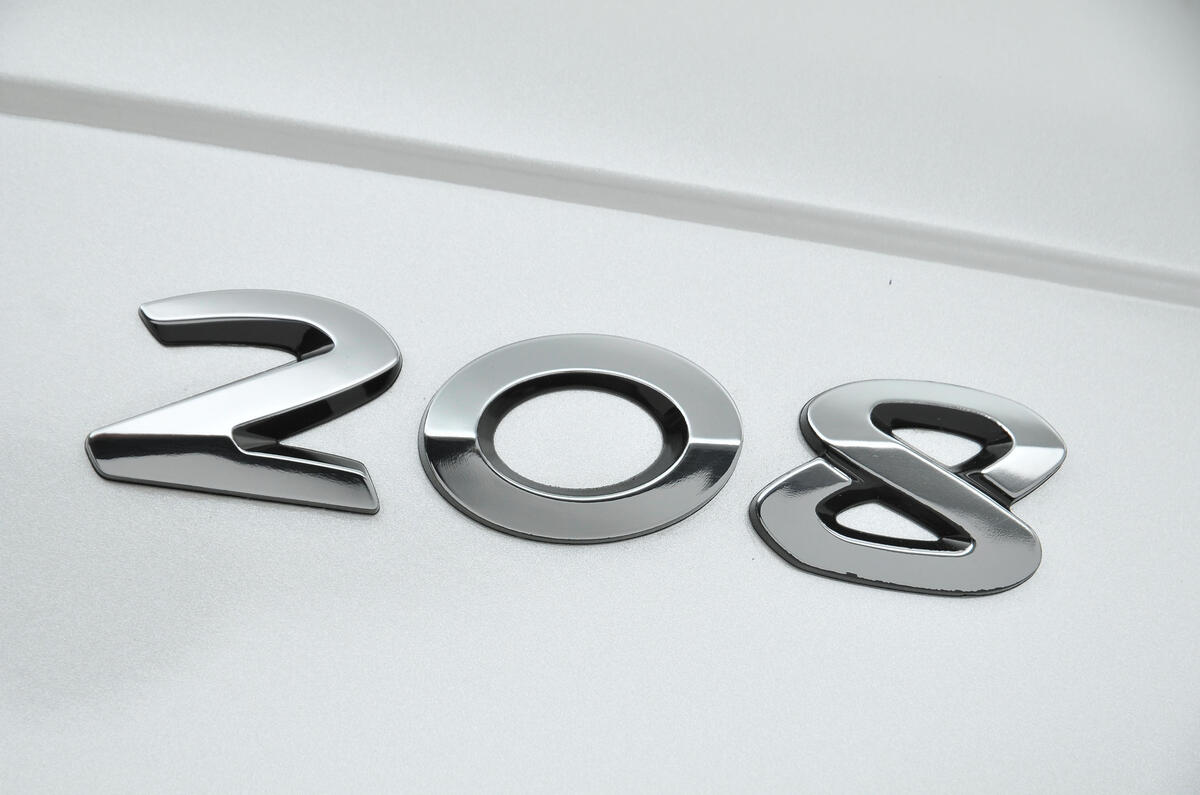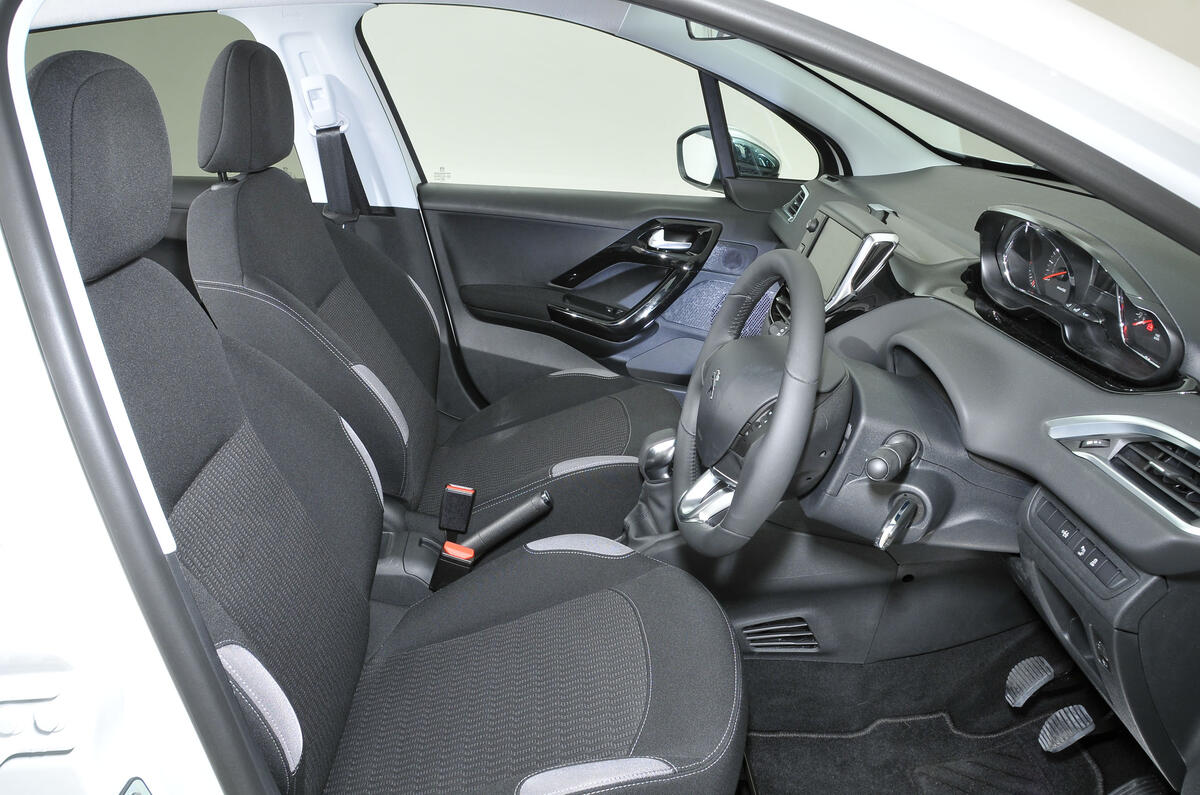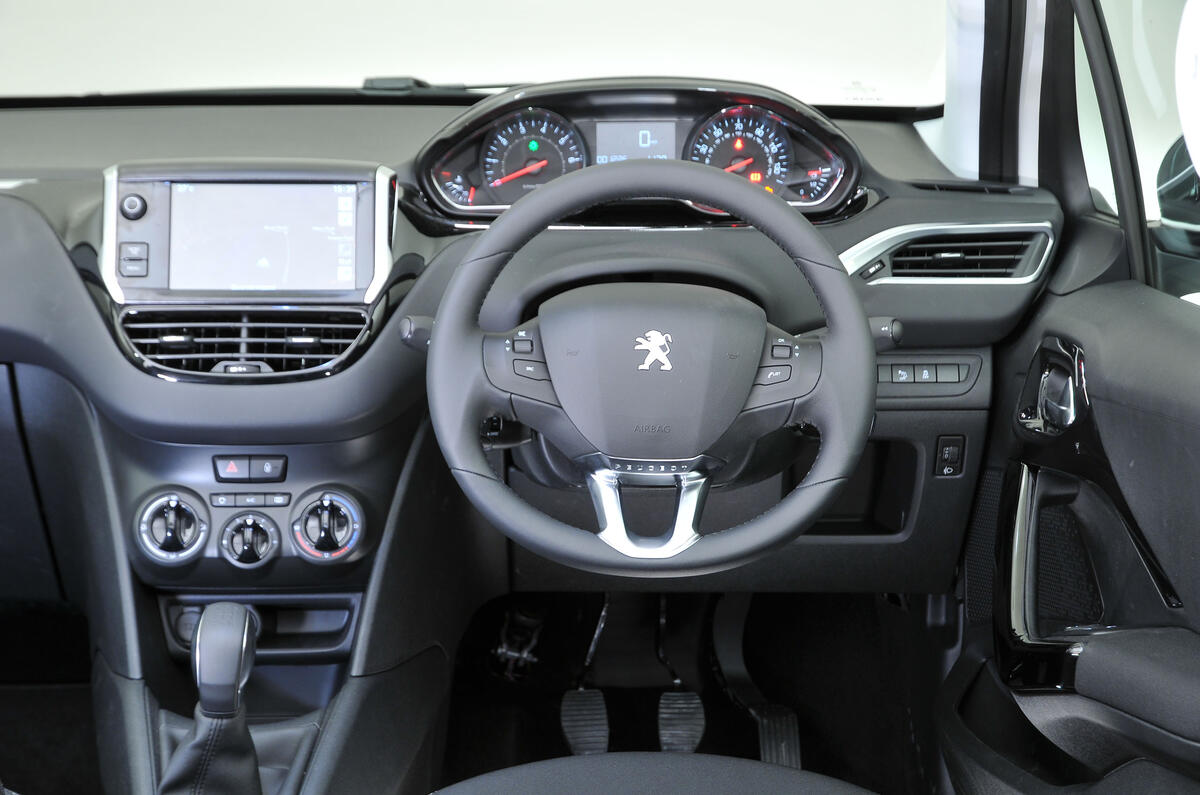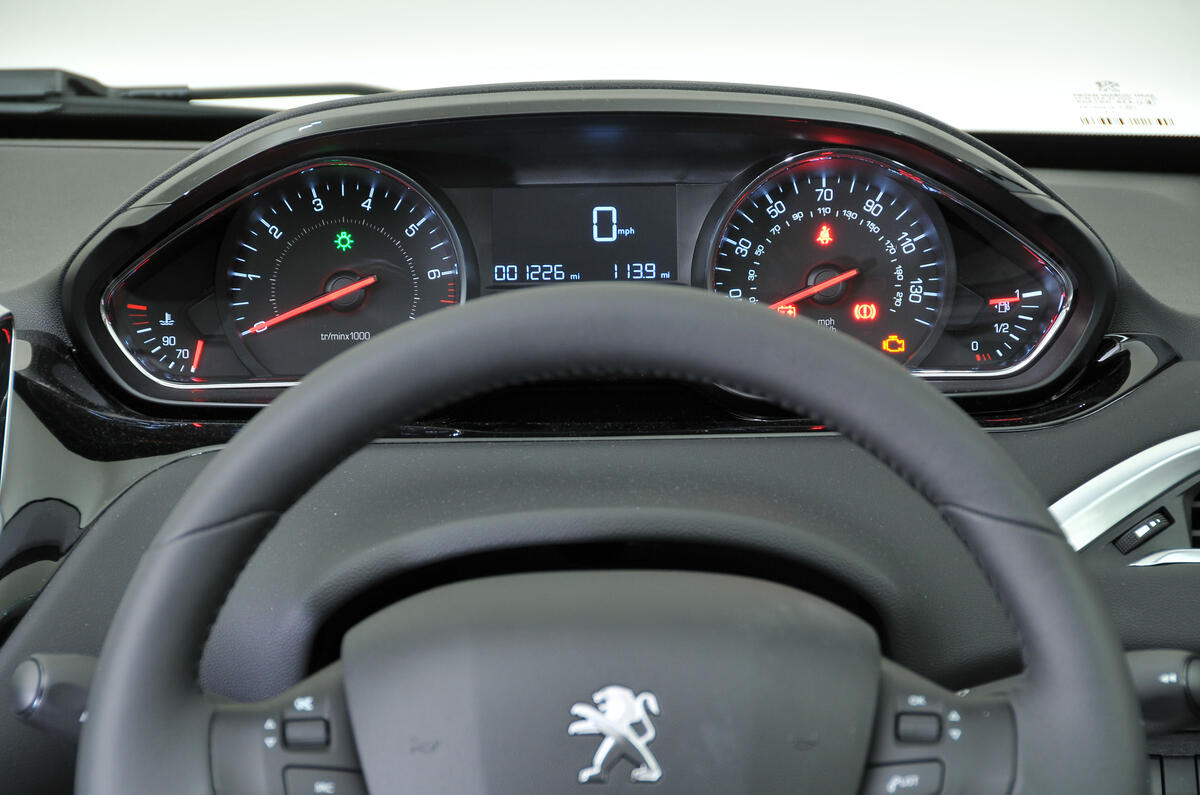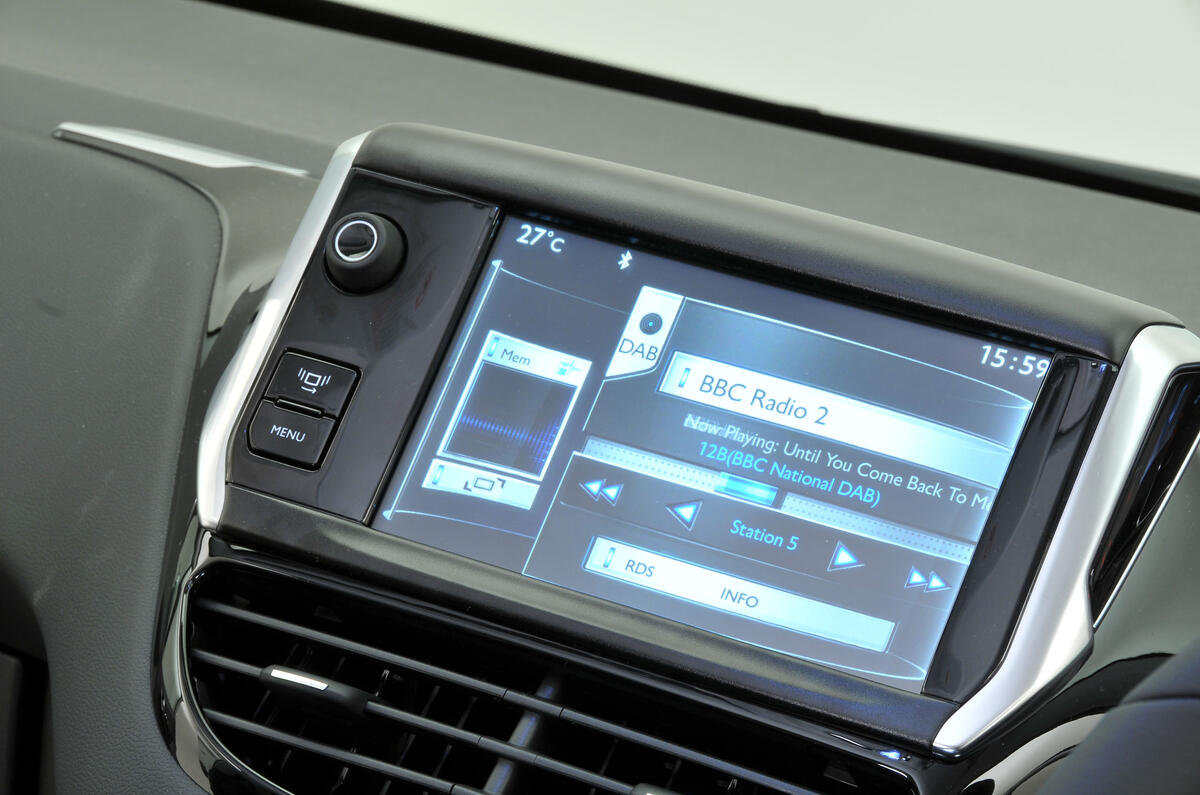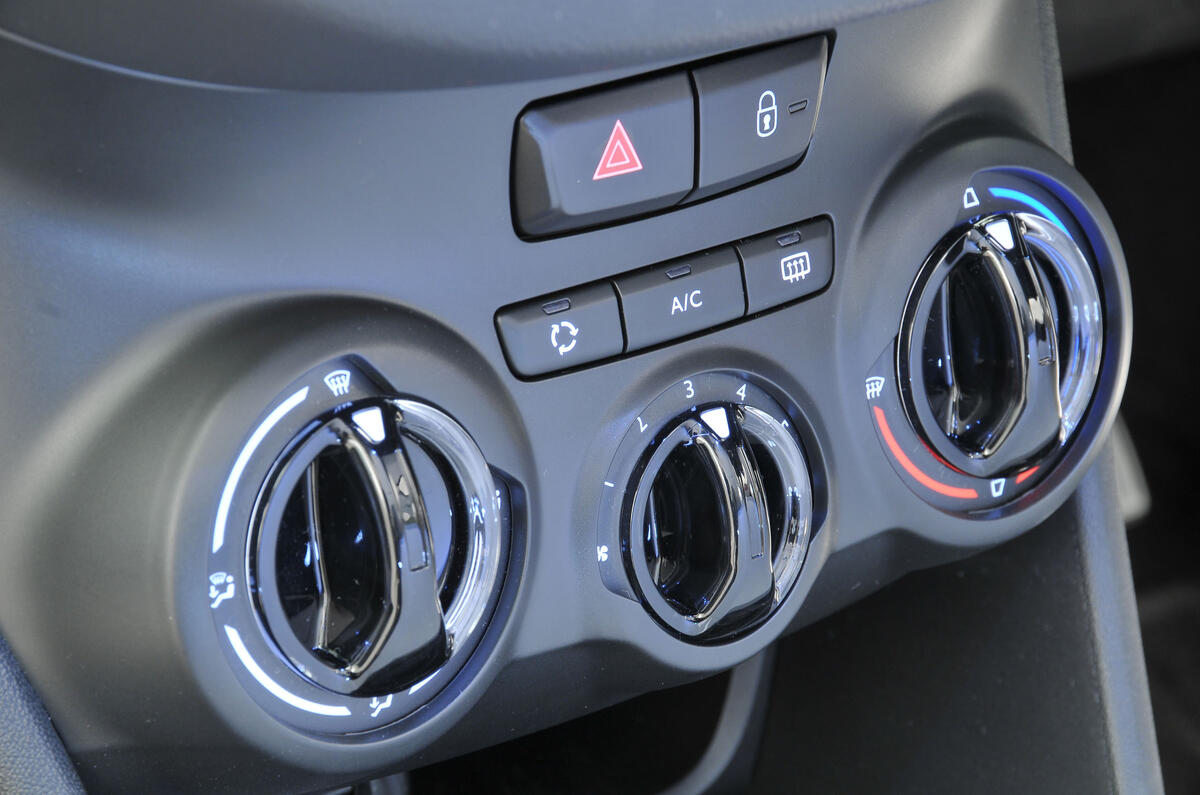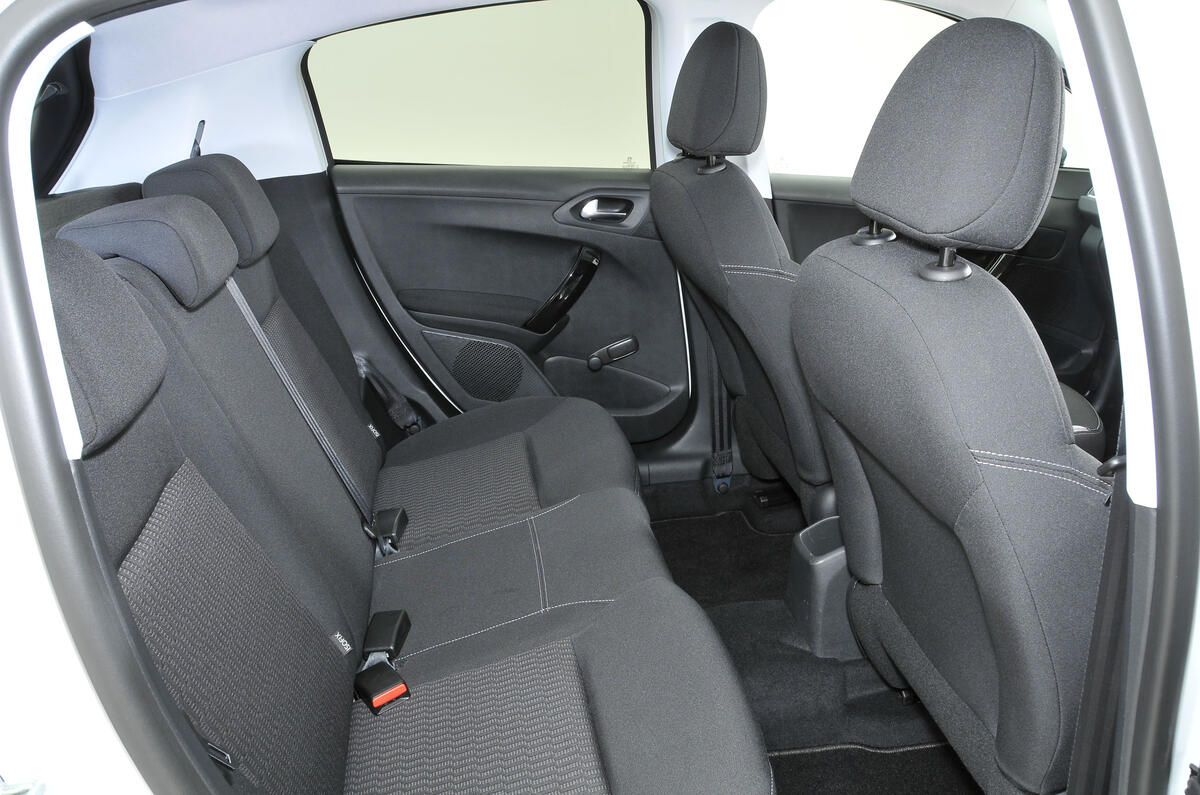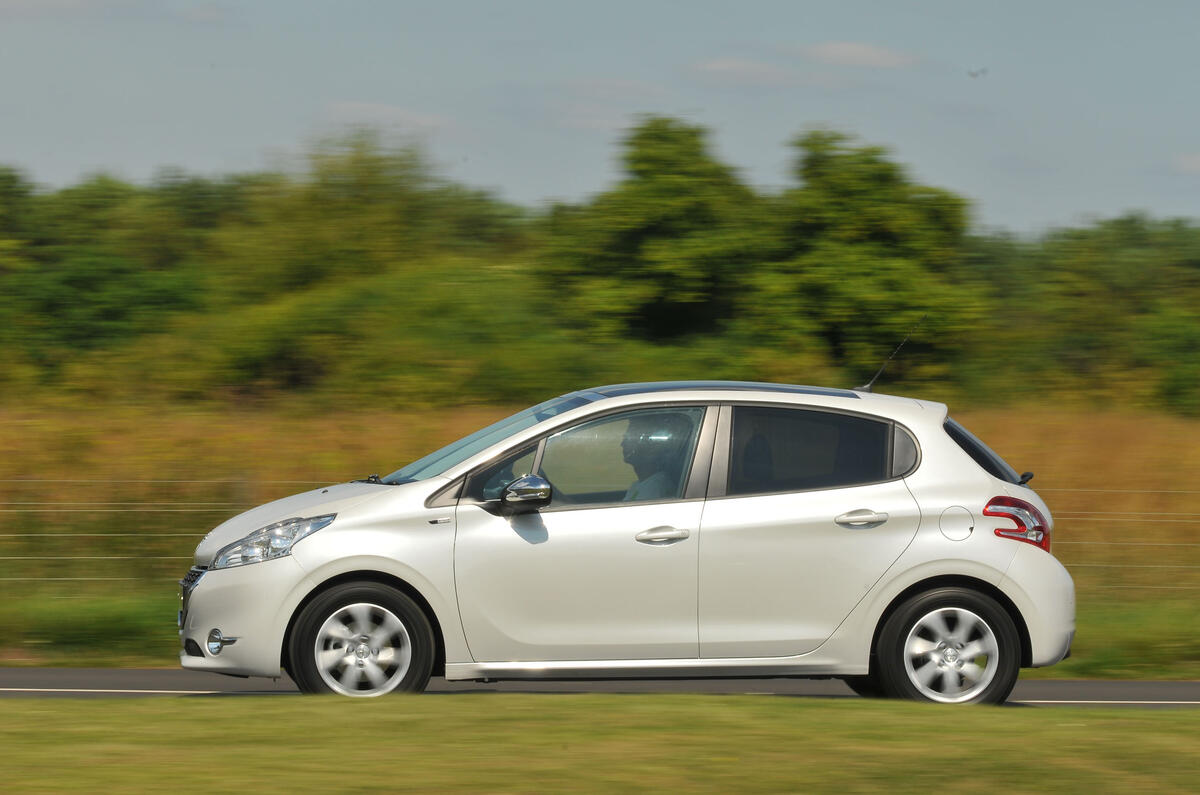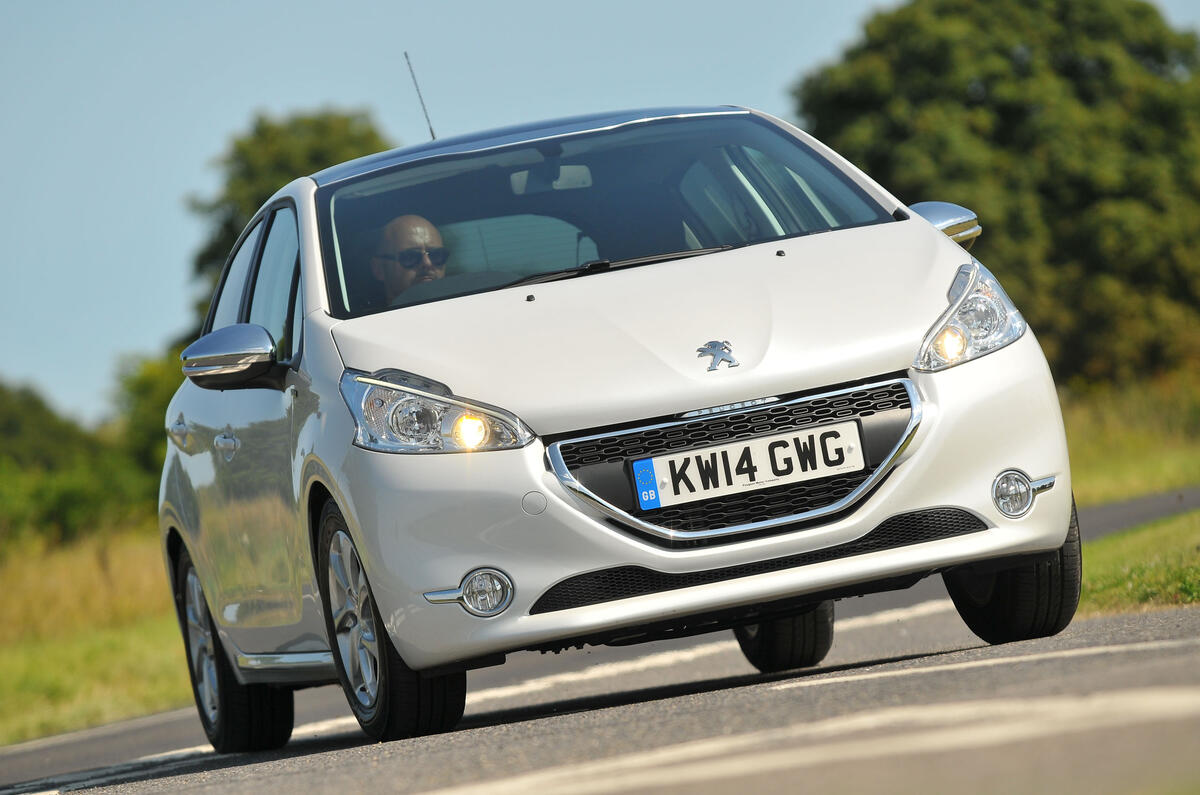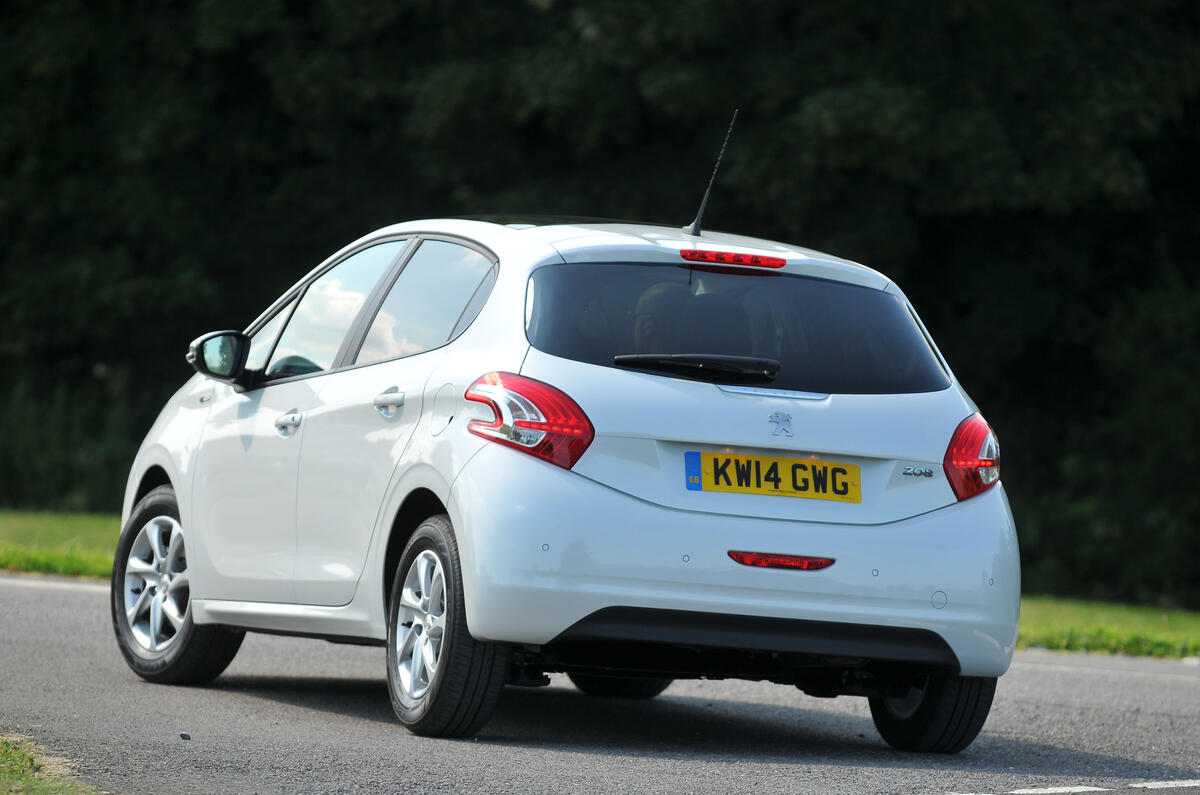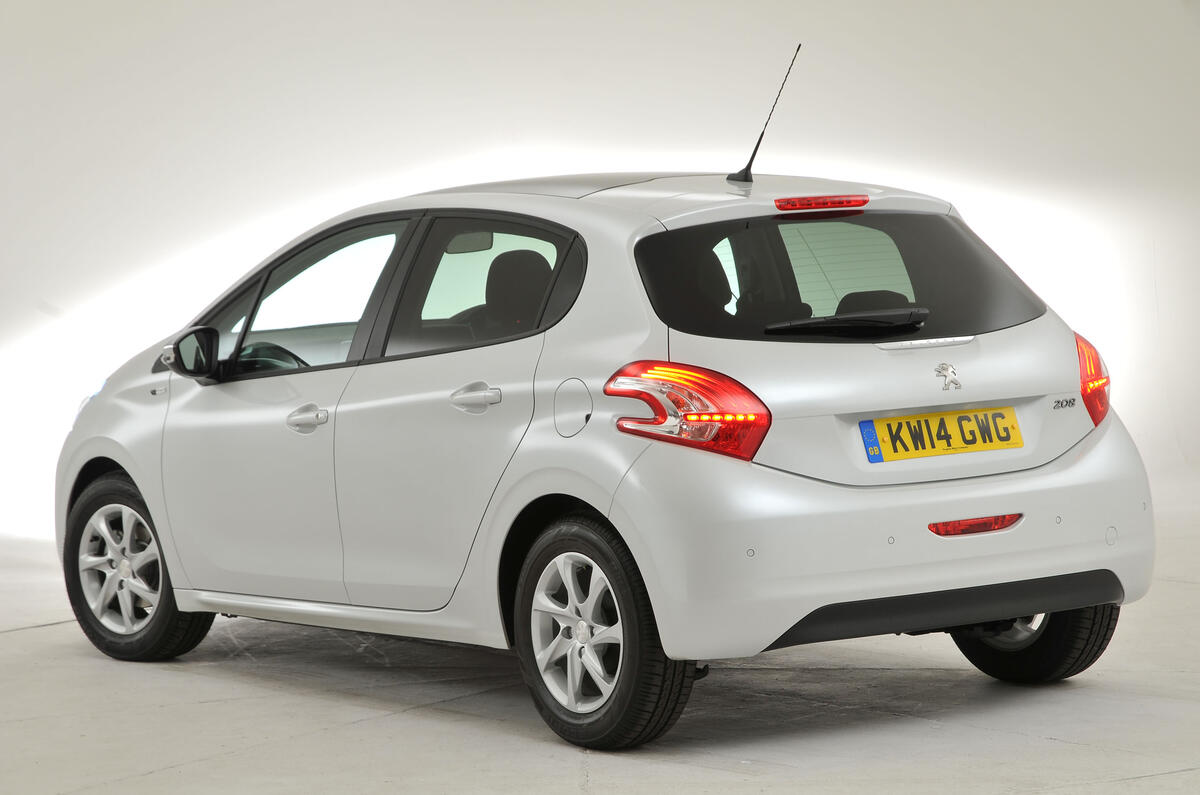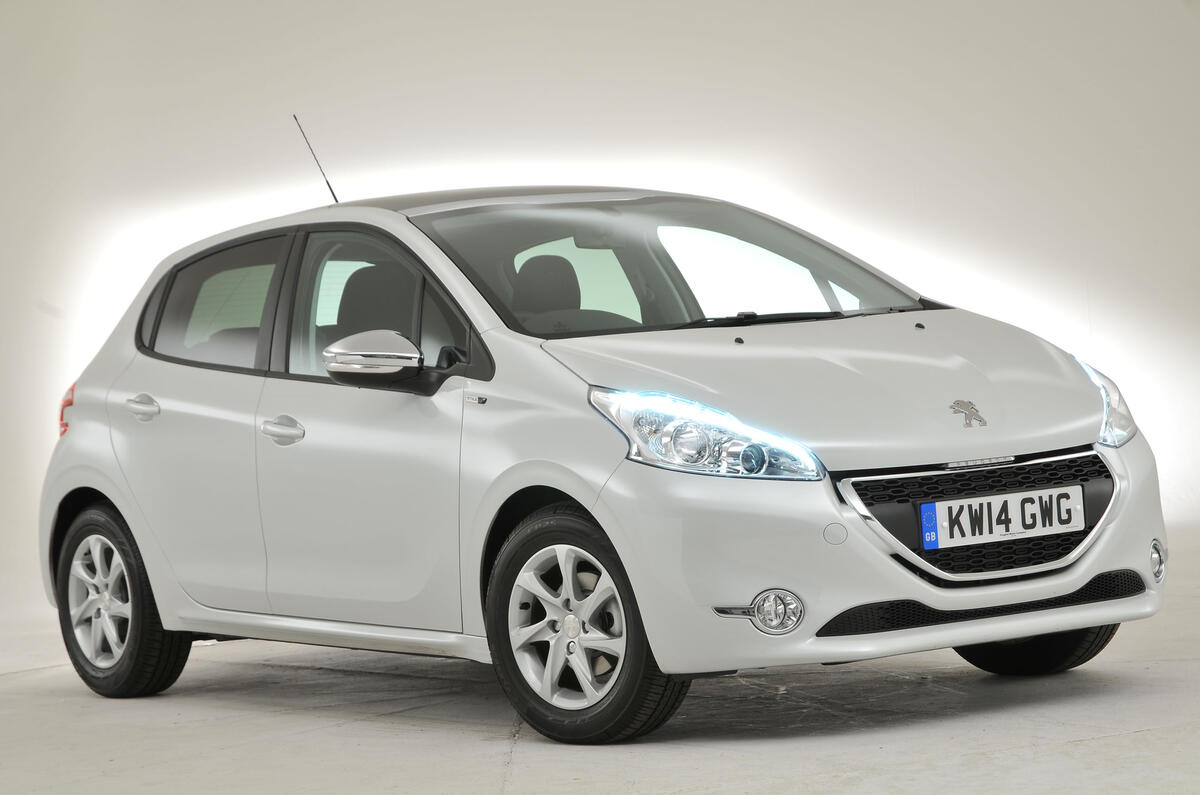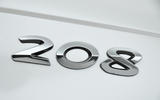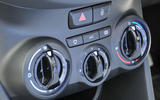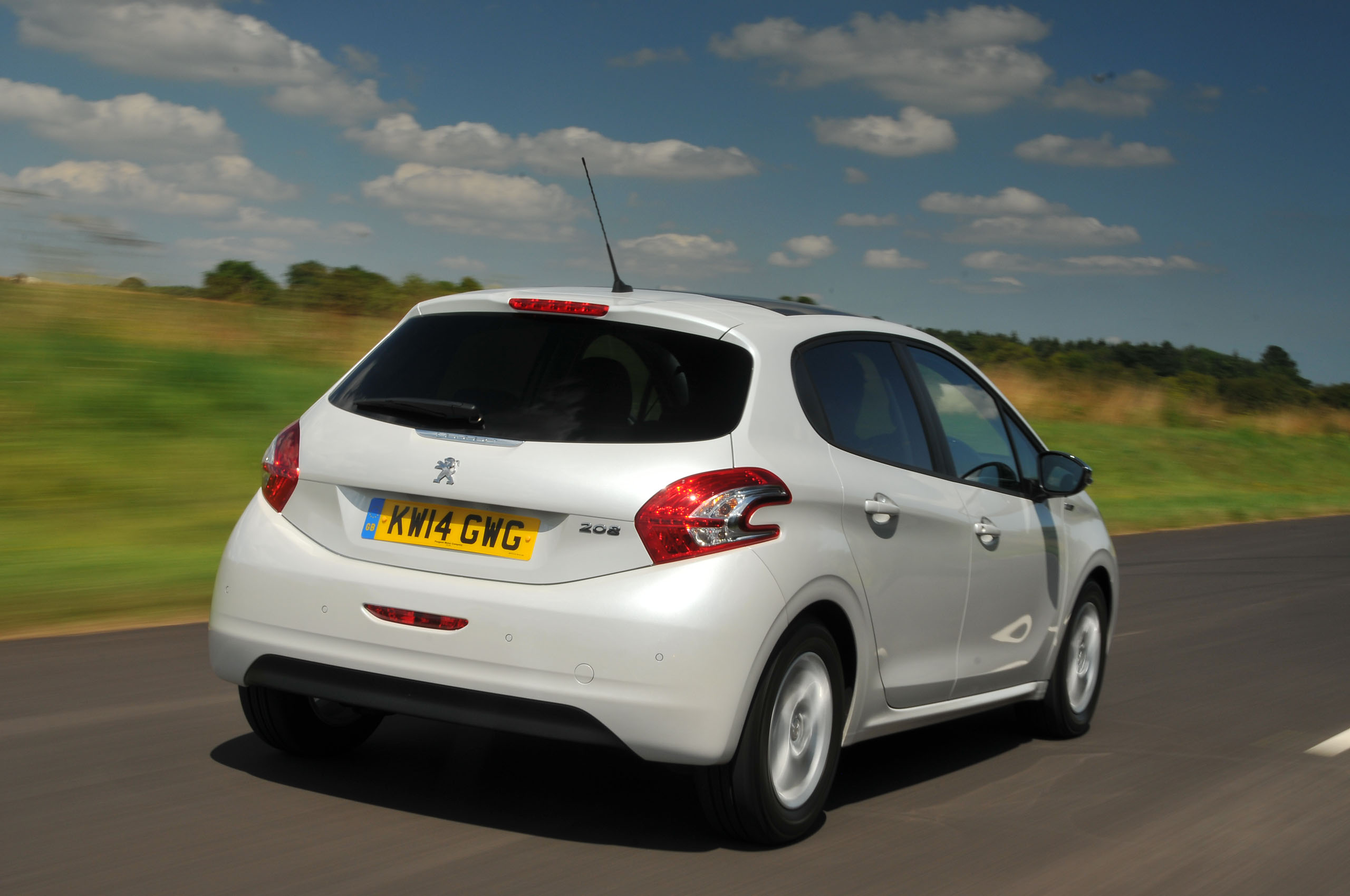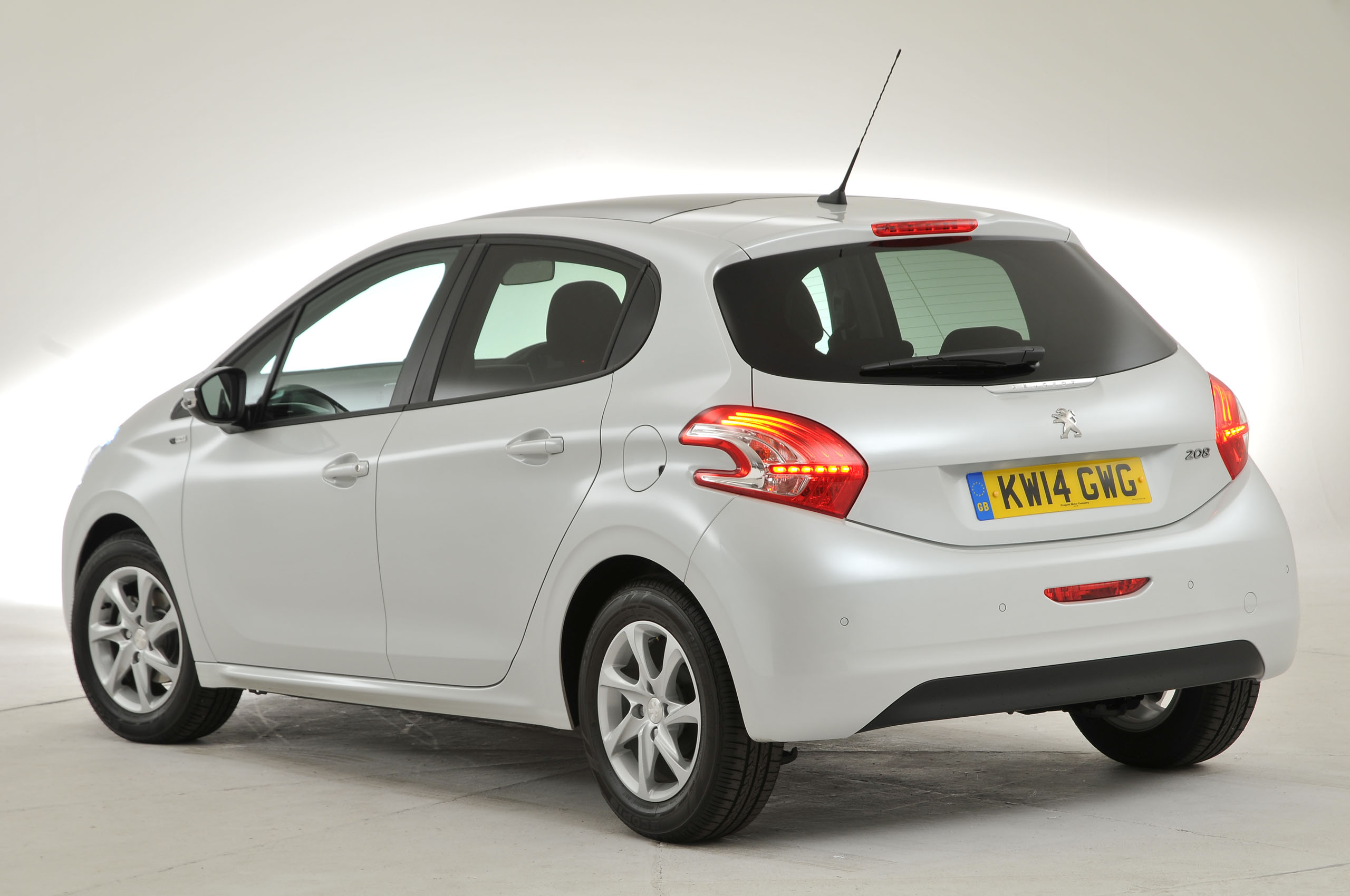There was plentiful room in the Peugeot 208 for four adults. Indeed, it was comfortably commodious by class standards. Even putting three people in the back worked, as long as they weren’t too large and demanding.
The front seat was widely adjustable. The boot was fine by class standards, too, and you could spilt and fold the rear seats adequately. It was even a relatively interestingly designed cabin. At a cursory glance, all was okay.
The problem was that there were about a dozen superminis whose interiors were ‘okay’. There was nothing inherently wrong with that of a Seat Ibiza or a Fiat Punto, but you wouldn’t have found us recommending them on the strength of them (or much else, in their case). And the same could be said for the Peugeot.
The 208’s cabin was fine, but if you looked deeper you’d have found that it had notable failings, too. The glovebox was pitiful, and if you wanted to use a cupholder, you’d have effectively had to reach behind you.
Other features fell into the ‘good idea, but…’ category. The diddy steering wheel beneath the dials was a novel idea, but set it up for smaller drivers or those who liked a low-slung driving position and you’d have remembered why every other major manufacturer suggested reading dials through the wheel.
And although the ‘floating’ communications, audio, and navigation screen on the centre console looked slick, trying to browse through radio stations while moving at moderate speed or on a bumpy road made you crave six little preset buttons on the dashboard.
With a little finessing here and there, it all could have been so much better, living up to the promise that its design suggested it would have had.
As it was, a Volkswagen Polo’s cabin felt of higher perceived quality. A Honda Jazz’s was considerably more versatile. A Ford Fiesta’s matched it for design and, mostly, material quality, while being easier to work. The 208 was left, in this company, being moderately acceptable.
Choosing a 208 of choice was a tricky affair, as there were four core trims to choose from plus three GTi versions and a further three special edition models.
The entry-level Access trim equipped the 208 with heated door mirrors, cruise control, air conditioning, Bluetooth, and remote central locking as standard, while upgrading to Active added 15in alloy wheels, LED day-running lights, and a 7.0in touchscreen infotainment system with DAB radio and smartphone integration included.
The mid-range Allure models got a bit more chrome, 16in alloys, rear parking sensors, and automatic lights and wipers thrown in, while the range-topping GT Line gained 17in alloys, dual-zone climate control, folding door mirrors, and red stitching inside.
If you wanted a bit more power from your 208, Peugeot had three variants of the GTi, all using the same 205bhp, turbocharged 1.6-litre petrol engine.
The standard 208 GTi was adorned with 17in alloys, a rear spoiler, a chrome twin exhaust system, and leather-clad sports seats, while opting for the GTi Prestige added sat nav, heated front seats, and a panoramic sunroof.
The final variant saw the Peugeot Sport division tweaking the 208, with it rolling on 18s, with a wider front track, lower suspension, a Torsen differential, specific springs, dampers, and a wheel alignment set-up compared to the standard GTi, while inside there were Alcantara-covered sports seats.



